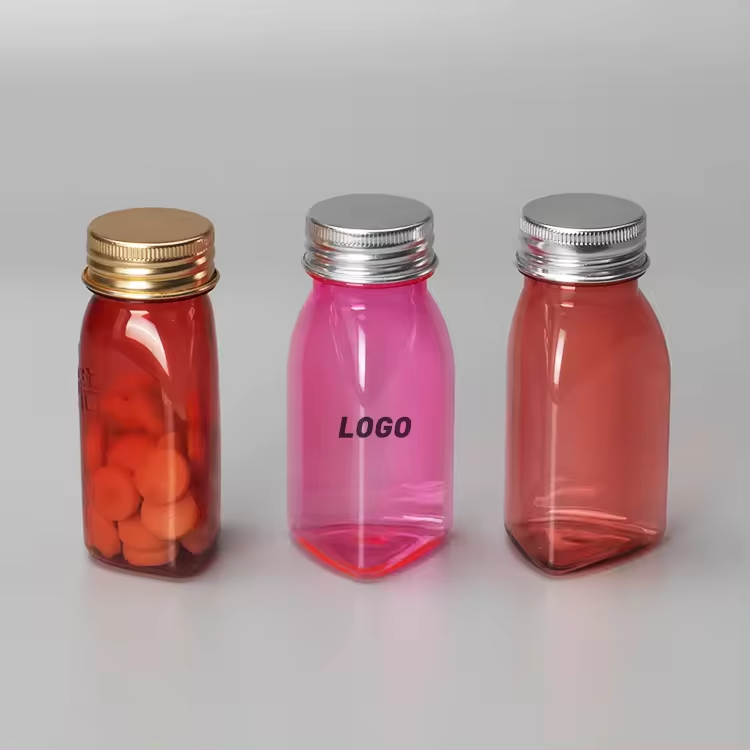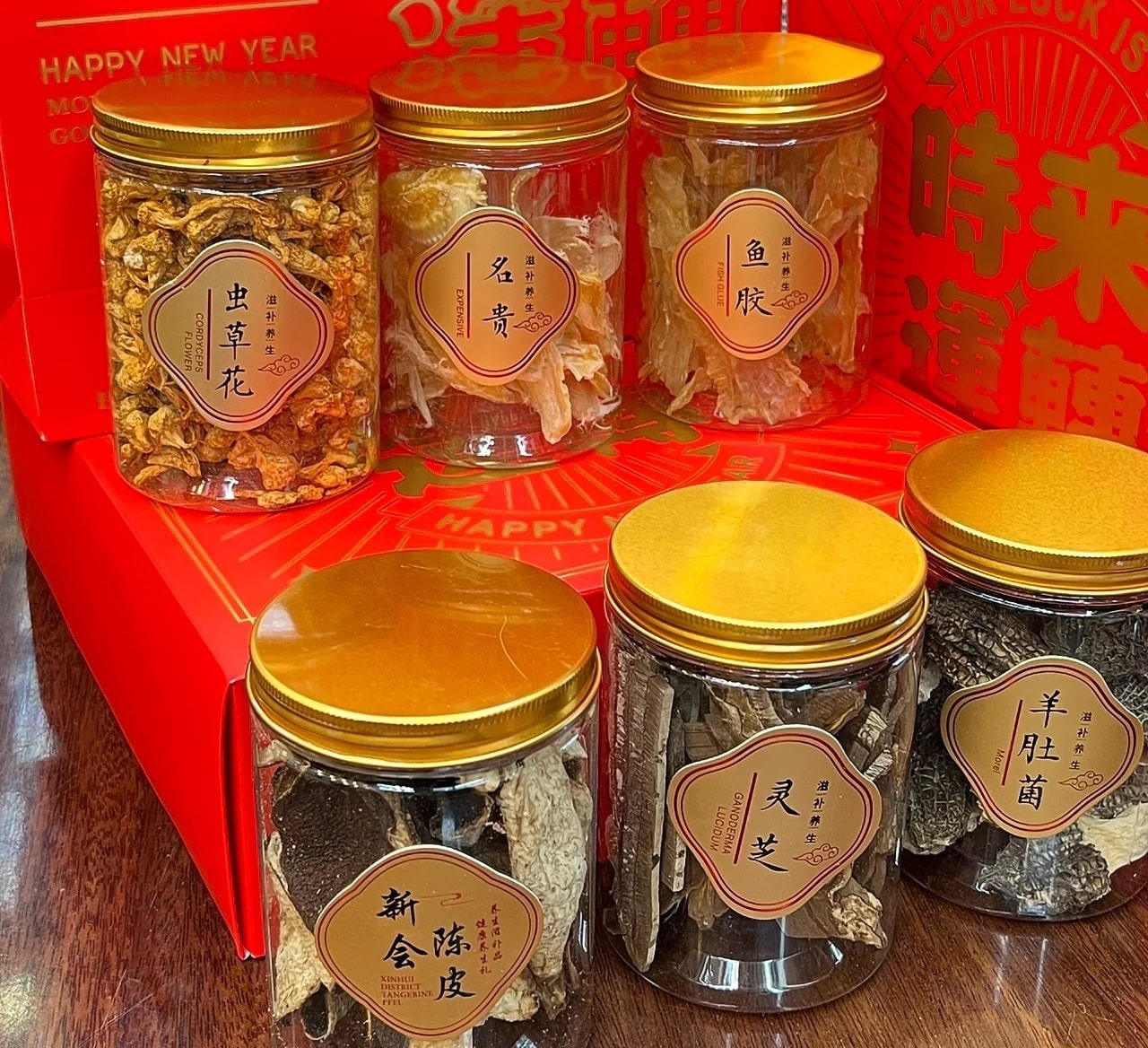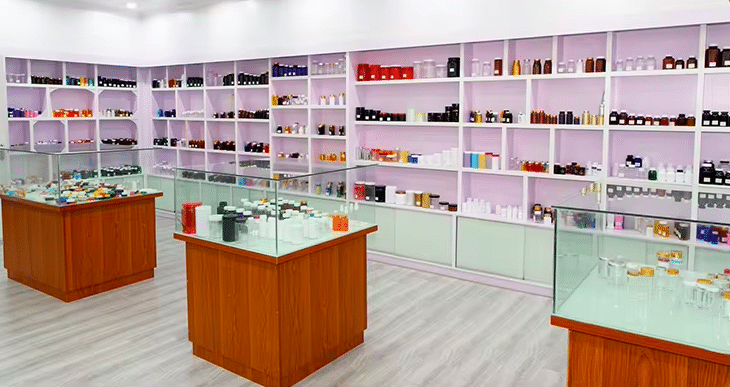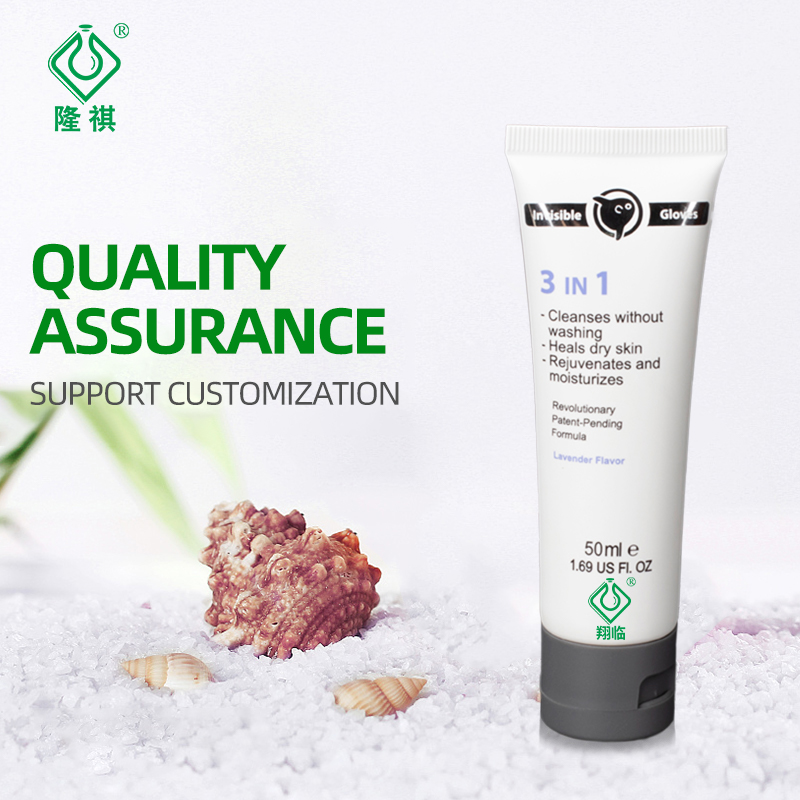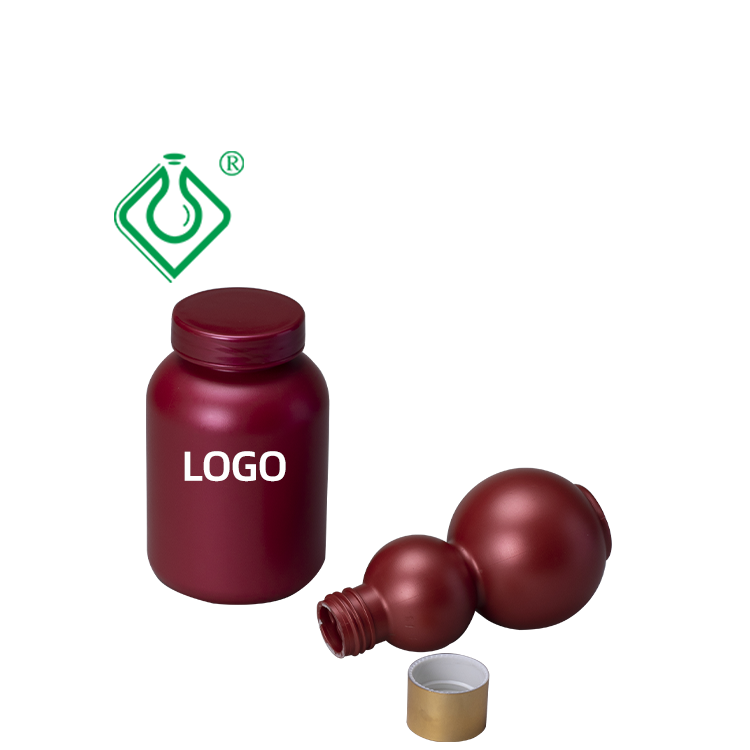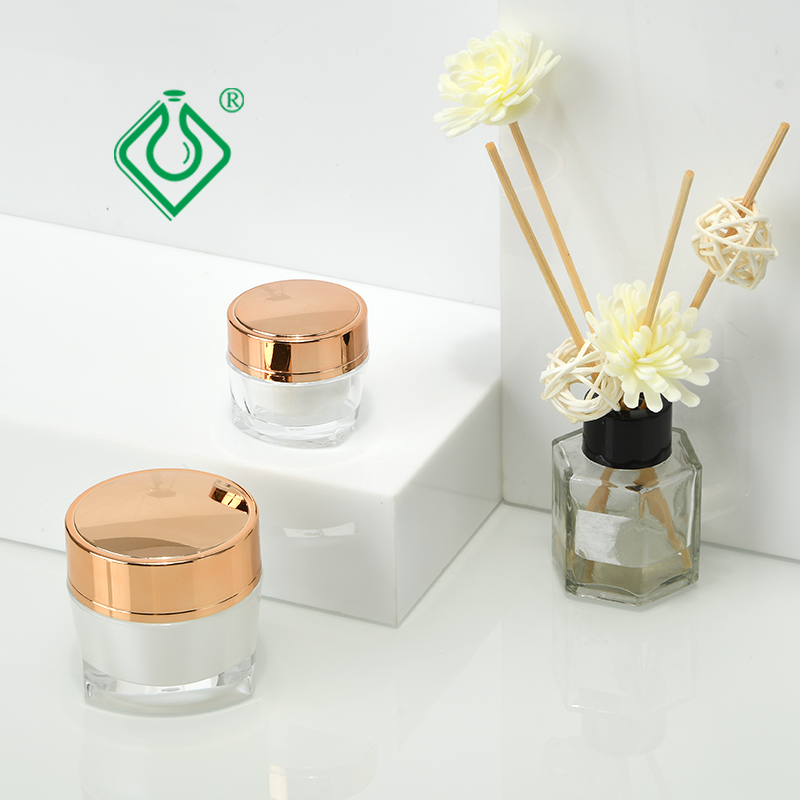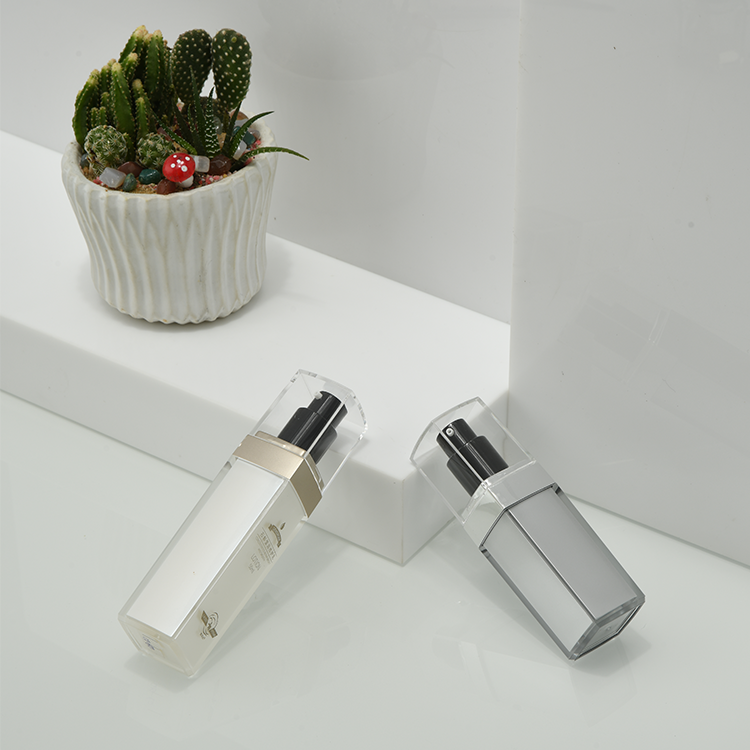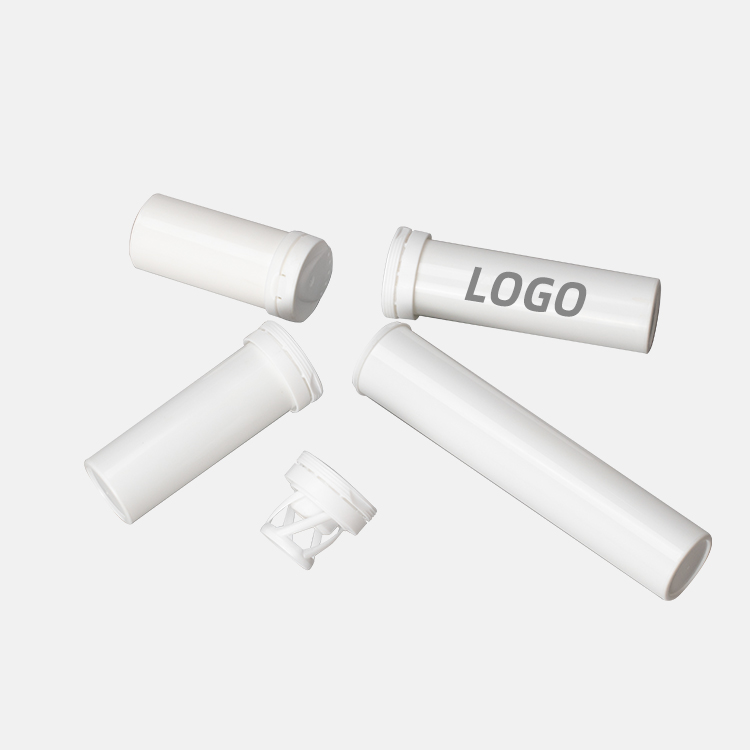The Rise of PLA Bottles in the Quest for Sustainability
In recent years, the world has been grappling with the growing environmental crisis caused by plastic waste. Every year, millions of tons of plastic waste flood the oceans, clogging ecosystems, threatening wildlife, and contributing to climate change. As a response to this crisis, industries and governments worldwide are turning toward innovative solutions that promise to reduce plastic pollution and promote a more sustainable future. One of the most promising innovations to emerge in recent years is the development of PLA (Polylactic Acid) bottles.
What Are PLA Bottles?
PLA bottles are a type of biodegradable plastic made from renewable resources such as corn starch, sugarcane, or other plant-based materials. Unlike traditional petroleum-based plastic bottles, which can take hundreds of years to break down, PLA bottles decompose naturally when exposed to environmental conditions. The key difference lies in their origin and the way they break down.
While conventional plastic is derived from fossil fuels, PLA is produced through the fermentation of plant sugars into lactic acid, which is then polymerized to form PLA plastic. This process gives PLA its biodegradable nature and makes it an eco-friendly alternative to the conventional plastic bottles we use daily.
The Environmental Benefits of PLA Bottles
One of the most significant advantages of PLA bottles is their environmental impact. Traditional plastic bottles, such as PET (Polyethylene Terephthalate), are notorious for their persistence in the environment. They take anywhere from 450 to 1,000 years to degrade, during which time they leach harmful chemicals into the soil and waterways, posing a serious threat to marine life and ecosystems. In stark contrast, PLA bottles, when disposed of properly, can degrade within a few months under the right conditions. This significant difference in decomposition times is a key factor in the growing popularity of PLA bottles.
Additionally, the production of PLA is far less harmful to the environment compared to petroleum-based plastics. The raw materials for PLA are renewable and can be replenished year after year, unlike fossil fuels, which are finite resources. By using plant-based feedstocks like corn or sugarcane, the carbon footprint of PLA production is reduced. Furthermore, PLA is carbon neutral, meaning that the carbon dioxide released during its decomposition is roughly equivalent to the amount absorbed by the plants during their growth phase.
PLA Bottles vs. Traditional Plastic Bottles
While PLA bottles offer significant environmental benefits, there are still some misconceptions about their efficacy and overall sustainability when compared to traditional plastic bottles. One common myth is that PLA bottles can degrade easily in any environment, but in reality, they require specific conditions to break down efficiently. PLA is compostable, meaning it needs to be processed in industrial composting facilities where the temperature and humidity levels are controlled. In home composting or landfill environments, PLA bottles might not degrade as quickly, and in some cases, they could persist for years.
However, when disposed of properly in a commercial composting facility, PLA bottles can break down in as little as 1 to 3 months, making them a far superior option compared to conventional plastic that takes centuries to decompose.
Moreover, the lifecycle of PLA bottles tends to be more energy-efficient than traditional plastic. The manufacturing of PLA bottles requires less energy and releases fewer harmful pollutants into the air compared to the production of petroleum-based plastics. As industries and consumers become more environmentally conscious, the demand for PLA bottles is expected to increase, signaling a significant shift towards more sustainable packaging solutions.
The Role of PLA Bottles in the Circular Economy
The concept of the circular economy is gaining traction globally as a way to minimize waste and reduce environmental impact. The circular economy revolves around the idea of reusing, recycling, and regenerating resources to create a sustainable system. PLA bottles play a crucial role in this framework by offering a biodegradable alternative to single-use plastics, which are often discarded after just one use.
In the circular economy model, PLA bottles can be composted after use, creating a closed loop where the materials are returned to the earth to nourish new plant growth. This is a stark contrast to traditional plastic, which typically ends up in landfills or the ocean, where it takes hundreds of years to degrade. Additionally, the biodegradability of PLA bottles reduces the pressure on recycling systems, which are often overwhelmed by the sheer volume of plastic waste. As a result, PLA bottles contribute to the reduction of landfill waste, while also offering a more efficient use of resources.
The Adoption of PLA Bottles Across Industries
The global shift toward sustainable packaging solutions has led to increased adoption of PLA bottles in a wide range of industries. From beverage manufacturers to cosmetic brands, companies are recognizing the importance of sustainability and are actively looking for alternatives to conventional plastic bottles.
In the beverage industry, companies like Coca-Cola and PepsiCo have started to experiment with PLA bottles for their products. While PLA is not yet the primary packaging material for most large-scale beverage companies, the use of PLA bottles is growing steadily. These companies are also investing in research and development to improve the production and recycling processes of PLA bottles, making them even more environmentally friendly.
In the beauty and personal care sector, PLA bottles are gaining popularity as an eco-friendly alternative for packaging shampoos, lotions, and other cosmetic products. Consumers are increasingly prioritizing sustainable packaging, and beauty brands are responding by incorporating PLA bottles into their product lines. These bottles not only provide a sustainable option but also appeal to environmentally conscious consumers who are willing to support brands that prioritize green initiatives.

PLA Bottles in the Food Industry
The food industry, known for its extensive use of plastic packaging, is also making strides in adopting PLA bottles. Companies that produce bottled juices, smoothies, and even condiments are increasingly opting for PLA bottles due to their biodegradable nature. While challenges remain in terms of cost and scalability, the food industry recognizes the importance of transitioning to more sustainable packaging options.
The growing demand for eco-friendly packaging has led to a surge in innovation within the PLA bottle industry. Manufacturers are continually improving the durability, aesthetic appeal, and cost-effectiveness of PLA bottles, making them more competitive with traditional plastic options. Furthermore, innovations in PLA recycling are ensuring that these bottles can be processed and reused in a circular system, further enhancing their environmental benefits.
The Future of PLA Bottles and Their Impact on the Planet
As the world continues to face the challenges of climate change, plastic pollution, and resource depletion, the development and widespread adoption of PLA bottles represent a pivotal step in the transition to a more sustainable, circular economy. The future of PLA bottles holds immense potential, but it also faces certain hurdles that must be overcome for the technology to reach its full potential.
Scaling Up Production and Overcoming Challenges
Despite the clear environmental benefits of PLA bottles, the scalability of their production remains a significant challenge. Currently, PLA production is limited by the availability of raw materials, as well as the cost of manufacturing. The large-scale production of PLA bottles requires vast quantities of agricultural feedstocks, such as corn and sugarcane, which can strain local agricultural resources and increase competition for land and water.
To address these issues, scientists are exploring alternative, more sustainable feedstocks for PLA production. For example, some researchers are looking into the use of algae, food waste, and other biomass materials as feedstocks for PLA. These alternatives have the potential to reduce the environmental footprint of PLA production while also alleviating pressure on traditional agricultural systems.
Additionally, the high cost of PLA bottles compared to conventional plastic is another barrier to widespread adoption. While the price of PLA has been steadily decreasing over the years, it is still more expensive to produce than traditional plastics. However, as demand for sustainable packaging increases and economies of scale come into play, the cost of PLA production is expected to continue to drop, making it a more viable alternative for businesses and consumers alike.
The Role of PLA Bottles in a Sustainable Future
Moreover, PLA bottles are just the beginning of the broader movement toward sustainable packaging. As more industries explore alternative materials like hemp-based plastics, mushroom packaging, and seaweed-derived products, the possibilities for eco-friendly packaging solutions are expanding. PLA bottles are part of a larger trend toward sustainable innovation, and their development is helping to drive the transition to a more responsible and environmentally conscious global economy.
The future is green, and PLA bottles are leading the way.


